What is the best way to buy boxes?
Buying boxes seems simple, but are you paying too much or getting the wrong type? Finding the right supplier and method can impact your costs and efficiency significantly.
The best way to buy boxes depends on your volume and needs. Small quantities are often cheapest from retail stores or online marketplaces. For larger volumes, wholesale suppliers or even manufacturing your own boxes offer better value.
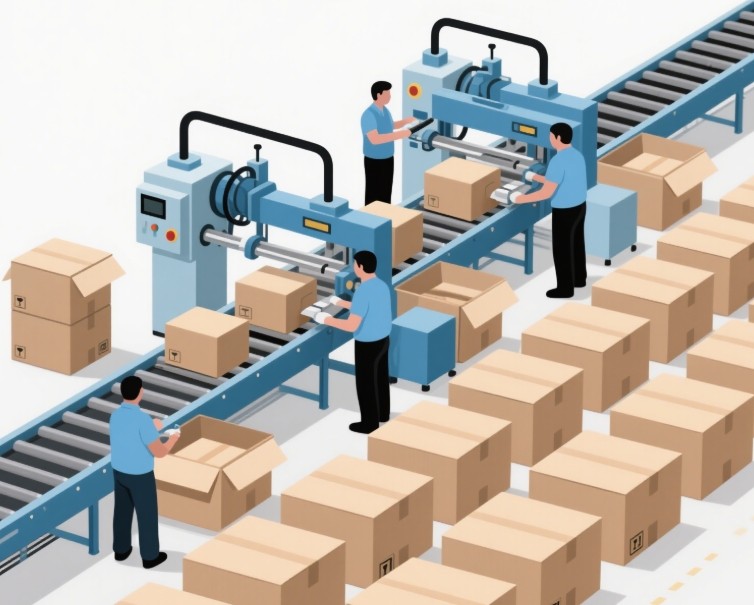
Finding the right box solution is crucial for any business that ships products. It affects your costs, your product's safety, and even your brand image. Let's explore the different ways you can get the boxes you need and figure out what makes the most sense for businesses like yours, especially those in packaging and printing. We'll look beyond just buying off the shelf.
What is the most cost effective way to ship a box?
Shipping costs eating into your profits? It's frustrating when logistics expenses balloon. Finding ways to ship smarter, not just cheaper, is key to protecting your bottom line.
The most cost-effective way to ship a box involves using the smallest possible box for your item, minimizing empty space, comparing carrier rates (considering dimensional weight), and using lightweight packing materials.

Diving Deeper into Shipping Costs
Shipping carriers don't just charge based on how heavy your package is. They also use something called "dimensional weight" or DIM weight. This calculation considers the size of the box (Length x Width x Height) divided by a specific DIM factor set by the carrier (like FedEx, UPS, or DHL). If the dimensional weight is higher than the actual weight, you pay based on the dimensional weight. This means large, light boxes can cost much more to ship than small, heavy ones.
Key Factors Influencing Shipping Cost:
- Size & Weight: Smaller, lighter boxes are generally cheaper. Minimize dimensions.
- Dimensional Weight: Understand your carrier's DIM factor. Optimize box size to avoid paying for empty space.
- Destination: Shipping distance significantly impacts cost.
- Speed: Faster delivery (express) costs more than standard ground shipping.
- Carrier Choice: Rates vary between carriers like USPS, FedEx, UPS, DHL etc. Compare them.
- Box Type: Using standard carrier boxes might offer flat rates, but custom sizes often save on DIM weight.
How Custom Boxes Help:
Think about it: if you're always using a stock box that's slightly too big, you're paying to ship air. Over hundreds or thousands of shipments, this adds up fast. Creating boxes perfectly sized for your products eliminates this waste. For businesses dealing with consistent product sizes, especially high-value items needing snug fits (like electronics or jewelry), having the ability to produce custom-sized rigid boxes in-house means direct control over shipping costs by optimizing dimensions every time. This approach transforms shipping from a variable headache into a predictable, optimized expense.
What's the cheapest place to get boxes?
Need boxes but don't want to break the bank? Finding affordable sources is essential, especially when you need them regularly. Where do you actually get the best deal?
For small quantities, big-box retailers or local packaging stores might seem cheapest. For bulk orders, wholesale suppliers offer lower per-unit costs. However, the absolute cheapest long-term solution can be manufacturing your own.
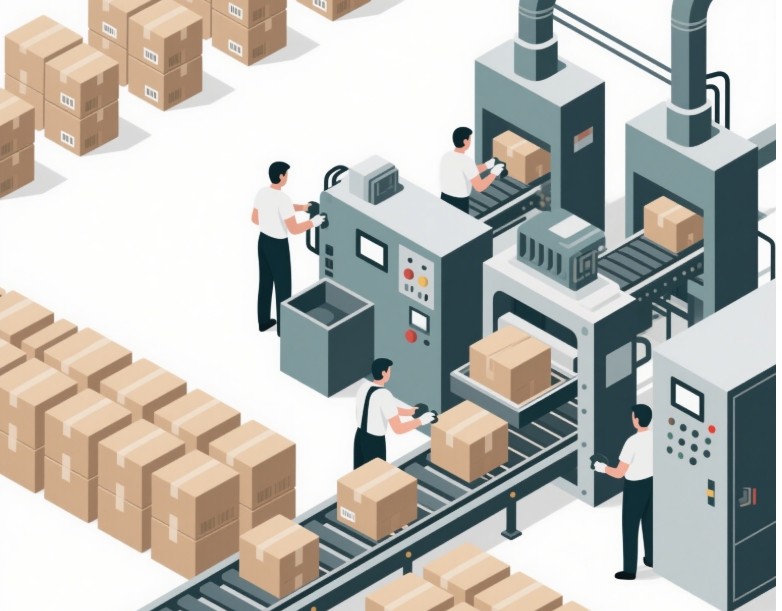
Exploring Box Sourcing Options
Finding the "cheapest" boxes isn't just about the sticker price per box; it's about the total cost of ownership and efficiency over time. Let's break down the common places people get boxes and their pros and cons.
Common Box Sources:
| Source Type | Pros | Cons | Best For |
|---|---|---|---|
| Retail Stores | Convenient for immediate, small needs | Very expensive per unit, limited selection | Emergencies, very low volume |
| Online Retailers | Wide selection, convenient ordering | Shipping costs can add up, per-unit price higher than wholesale | Small businesses, varied occasional needs |
| Wholesale Suppliers | Lower per-unit cost for bulk | High minimum order quantities (MOQs), storage space needed | Businesses with consistent, high volume |
| Direct from Manufacturer | Lowest possible per-unit cost (potentially) | Very high MOQs, complex logistics, may require design input | Very large enterprises, specific needs |
| In-House Production | Ultimate control over cost, size, design | Initial investment in machinery, requires space & expertise | Businesses needing custom, high-quality boxes regularly (e.g., rigid boxes for luxury goods, electronics, jewelry) |
When I work with clients in the printing and packaging industry, the conversation often shifts from "buying" cheap boxes to "producing" cost-effective packaging solutions. While buying bulk corrugated boxes from a wholesaler seems cheap initially, consider the hidden costs: storage, potential obsolescence if your product changes, and the inability to get exactly the right size or style easily, especially for premium items. For businesses needing rigid boxes, like those used for jewelry, cosmetics, or electronics, the cost of outsourcing these specialized boxes can be significant. Investing in your own box-making machine, like the ones we provide at Kylin Machine, allows you to produce precisely what you need, when you need it, often drastically reducing the long-term per-unit cost and eliminating supplier dependencies. It turns a recurring expense into a controlled manufacturing process.
What is the best way to pack boxes?
Worried about items arriving damaged? Proper packing isn't just stuffing things in a box. It's about protecting your product and ensuring a good customer experience upon arrival.
The best way to pack boxes involves choosing the right size box, wrapping items individually, using appropriate void fill (like bubble wrap or packing paper), ensuring nothing shifts, and sealing the box securely.
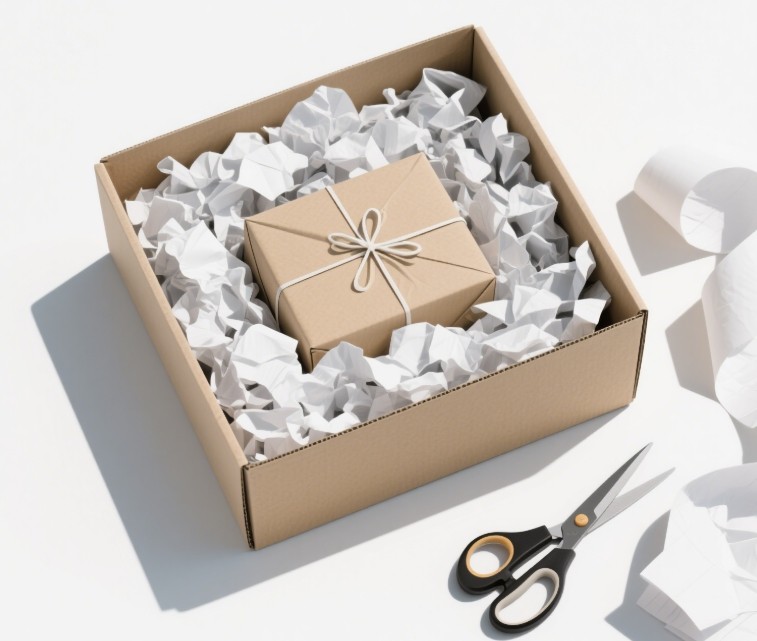
Mastering the Art of Packing
Packing effectively is a balance between protection, cost, and presentation. Simply throwing an item in a box with some peanuts often isn't enough, especially for valuable or fragile goods.
Steps for Optimal Packing:
- Choose the Right Box: Select a sturdy box slightly larger than your item, allowing room for protective materials. A box that's too large increases shipping costs (DIM weight) and requires excessive void fill. A box that's too small offers inadequate protection.
- Wrap Items: Wrap each item individually, especially if shipping multiple items. Use bubble wrap, foam, or paper depending on fragility. This prevents items from scratching or damaging each other.
- Cushion the Bottom: Add a layer of cushioning material (packing peanuts, crumpled paper, air pillows) at the bottom of the box.
- Place Item(s): Position the wrapped item(s) in the center of the box, away from the walls.
- Fill Voids: Use void fill materials generously around, between, and on top of the item(s). The goal is to immobilize everything within the box. When you shake the sealed box gently, nothing should move.
- Add Top Cushioning: Place a final layer of cushioning on top before closing the flaps.
- Seal Securely: Use strong packing tape (not scotch tape or masking tape). Apply tape across the center seam and the edge seams (the "H" taping method) for maximum security.
The Role of Custom Boxes in Packing:
Here’s where having the perfect box shines. If you can create a box (especially a rigid box with custom inserts) designed specifically for your product, the packing process becomes much simpler and more effective. Think about high-end electronics or jewelry boxes – they often have precise cutouts or compartments. This minimizes the need for excessive void fill, reduces packing time, offers superior protection by preventing movement, and provides a premium unboxing experience. For businesses using machines like ours at Kylin Machine to create custom rigid boxes, they gain complete control over this aspect, ensuring product safety and enhancing brand perception simultaneously. Less filler, less movement, less damage – it's a direct benefit of tailored packaging.
Which boxes are best for shipping?
Choosing the wrong box type can lead to damaged goods or inflated shipping costs. With so many options, how do you know which box offers the right protection and value?
The best boxes for shipping are typically sturdy, corrugated cardboard boxes. The specific type depends on the item's weight and fragility. Double-walled boxes offer more protection for heavy items. Rigid boxes are excellent for high-value goods.
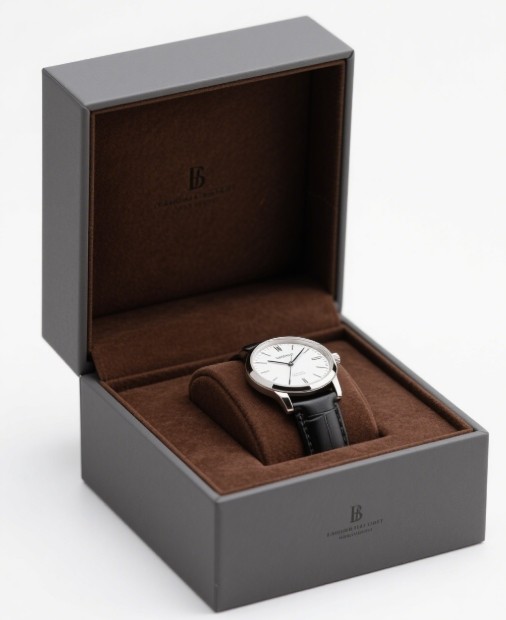
Selecting the Right Box Material and Style
The "best" box isn't a one-size-fits-all answer. It depends entirely on what you're shipping. Let's look at the common choices:
Common Shipping Box Types:
- Corrugated Cardboard Boxes:
- Single Wall: Most common, suitable for lighter items (e.g., clothes, books). Available in various flute sizes (thickness/strength).
- Double Wall: Stronger, provides extra cushioning and stacking strength. Ideal for heavier or more fragile items (e.g., electronics, glassware).
- Triple Wall: Extremely strong, used for industrial parts or very heavy items.
- Folding Cartons: Thinner paperboard, often used for retail packaging (e.g., cereal boxes, cosmetic boxes) but usually placed inside a corrugated shipping box. Not typically strong enough for direct shipping on their own unless very small/light.
- Rigid Boxes (Set-up Boxes):
- Made from thick chipboard wrapped in paper or other materials. They don't fold flat.
- Offer superior protection and a premium feel. Think iPhone boxes or luxury gift boxes.
- Excellent for high-value items (jewelry, watches, high-end cosmetics, small electronics) where presentation and protection are paramount. While often placed inside a shipper, robust rigid boxes can sometimes minimize the need for overly complex outer packaging.
- Padded Mailers/Envelopes: Suitable only for very flat, durable items like documents or clothing.
Considerations for Choosing:
- Weight: Heavier items need stronger boxes (double-wall or rigid).
- Fragility: Delicate items need more cushioning and potentially a stronger box type like double-wall or a well-designed rigid box with inserts.
- Value: High-value items often warrant the extra protection and premium presentation of a rigid box.
- Shipping Method: Air freight might experience more handling stress than ground freight.
For many of my clients at Kylin Machine, the focus is on creating high-quality rigid boxes. Why? Because their products (like jewelry, electronics, or luxury goods) demand both top-tier protection and a presentation that reflects the item's value. While corrugated boxes are the workhorses for general shipping, producing your own custom rigid boxes in-house provides a specialized solution that enhances the product, protects it better during transit (even within an outer shipper), and reinforces the brand image right from the unboxing moment. It's about choosing the box that best serves the product, not just the logistics.
Conclusion
Choosing the right boxes involves balancing cost, protection, and efficiency. While buying works for some, producing your own custom boxes offers control, potentially lower long-term costs, and better branding.
About the Author: Jacob from Kylin Machine. We specialize in high-tech machinery for producing rigid boxes and hard book covers, helping businesses in printing and packaging optimize their production. Find out more at www.kylinmachines.com.


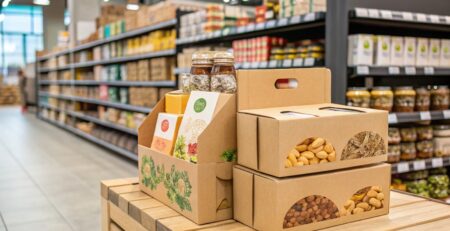
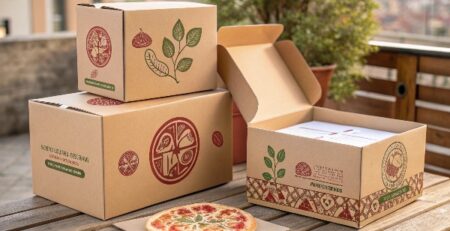
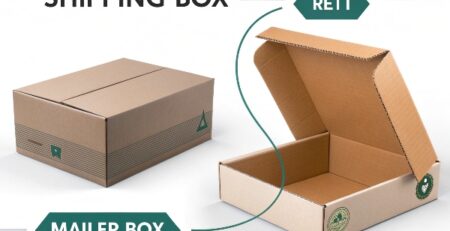
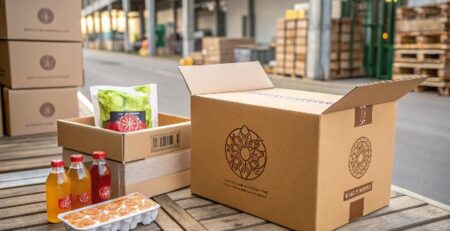



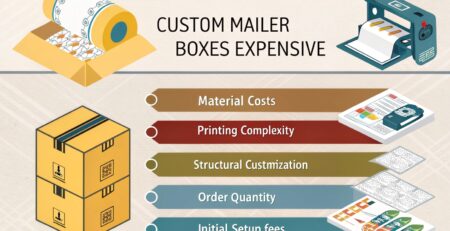
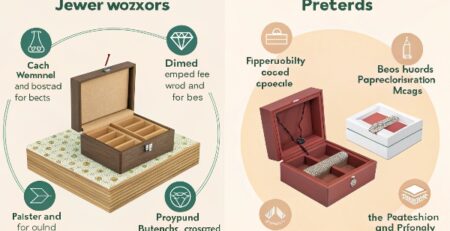
发表回复